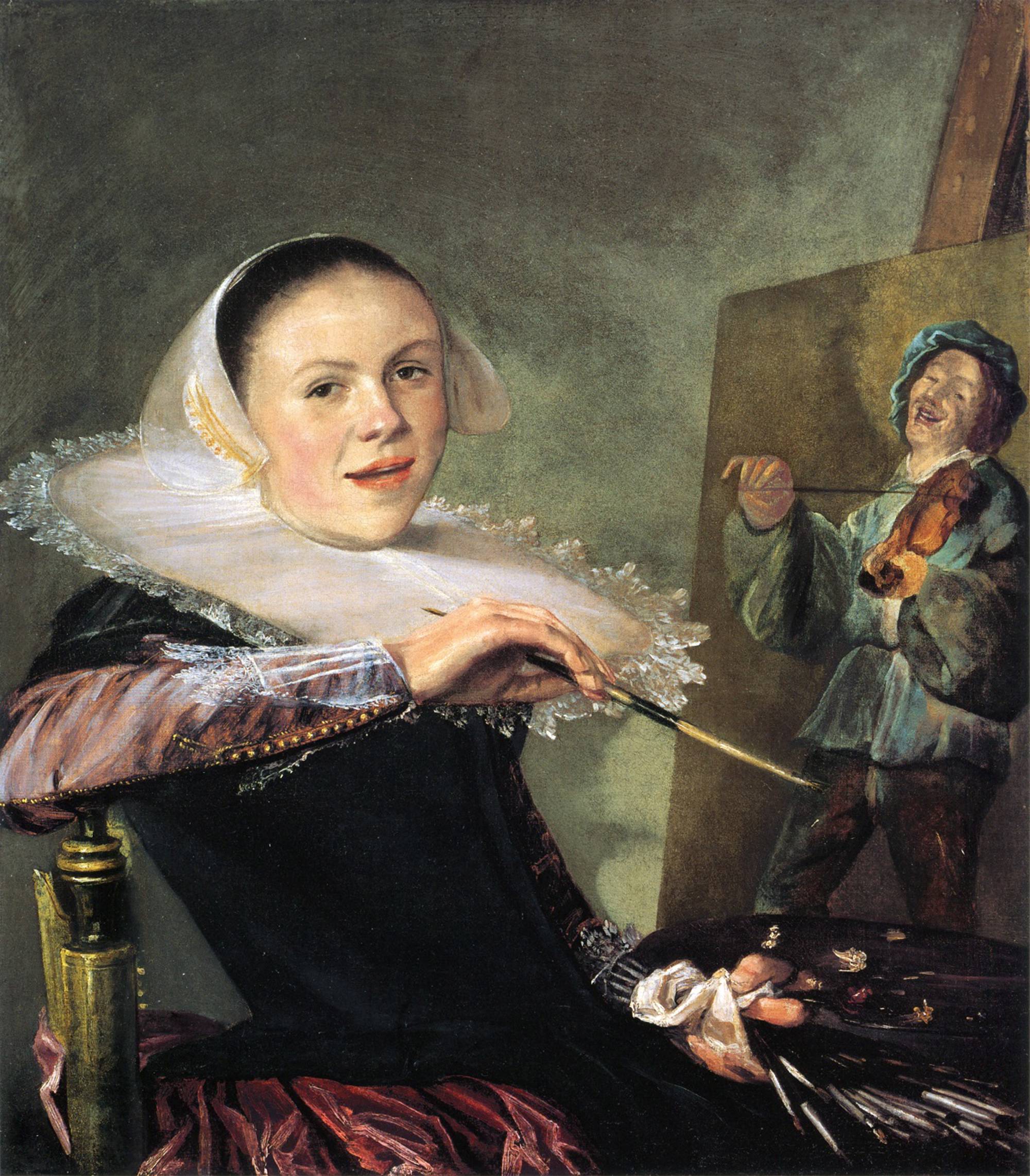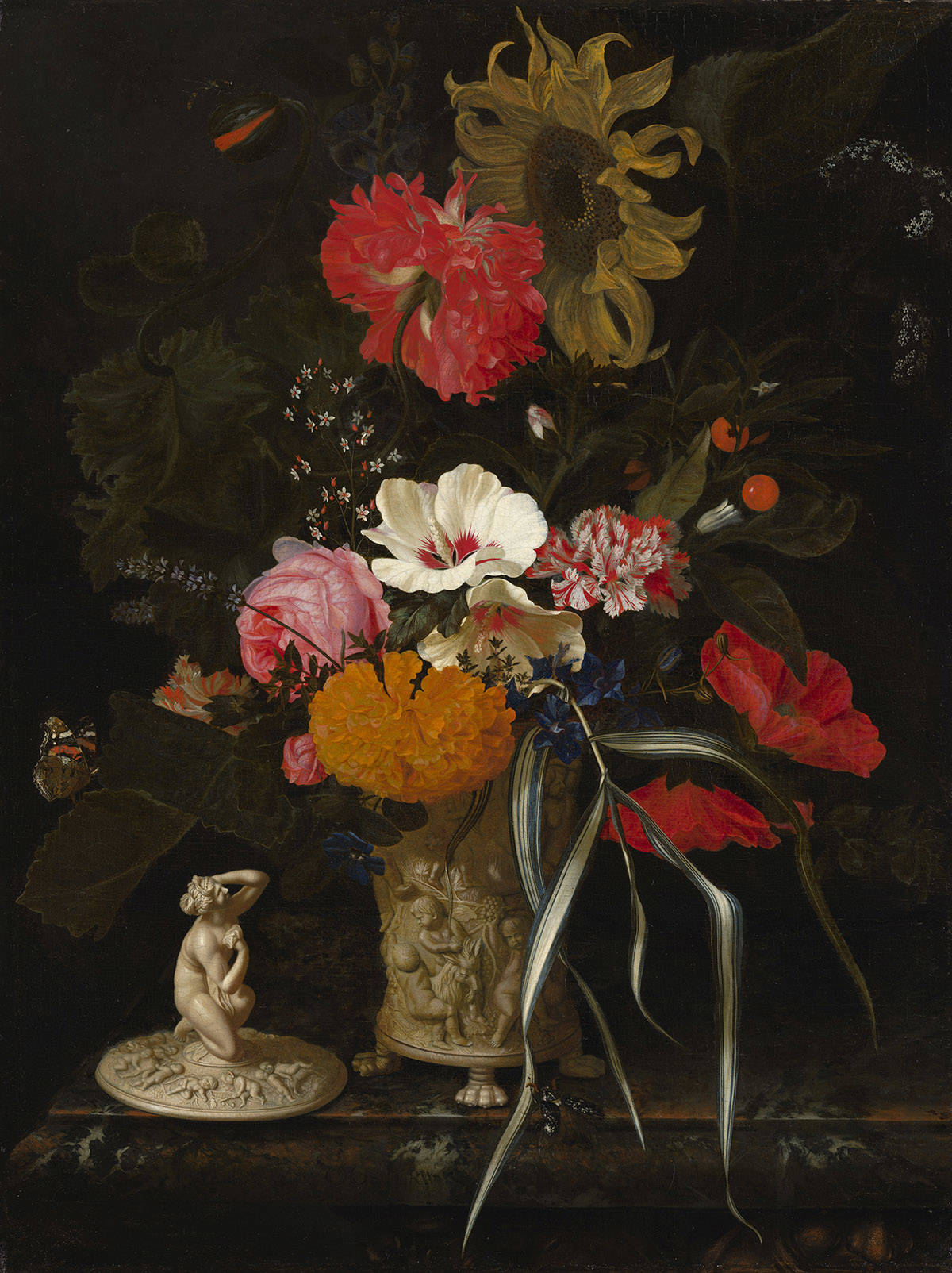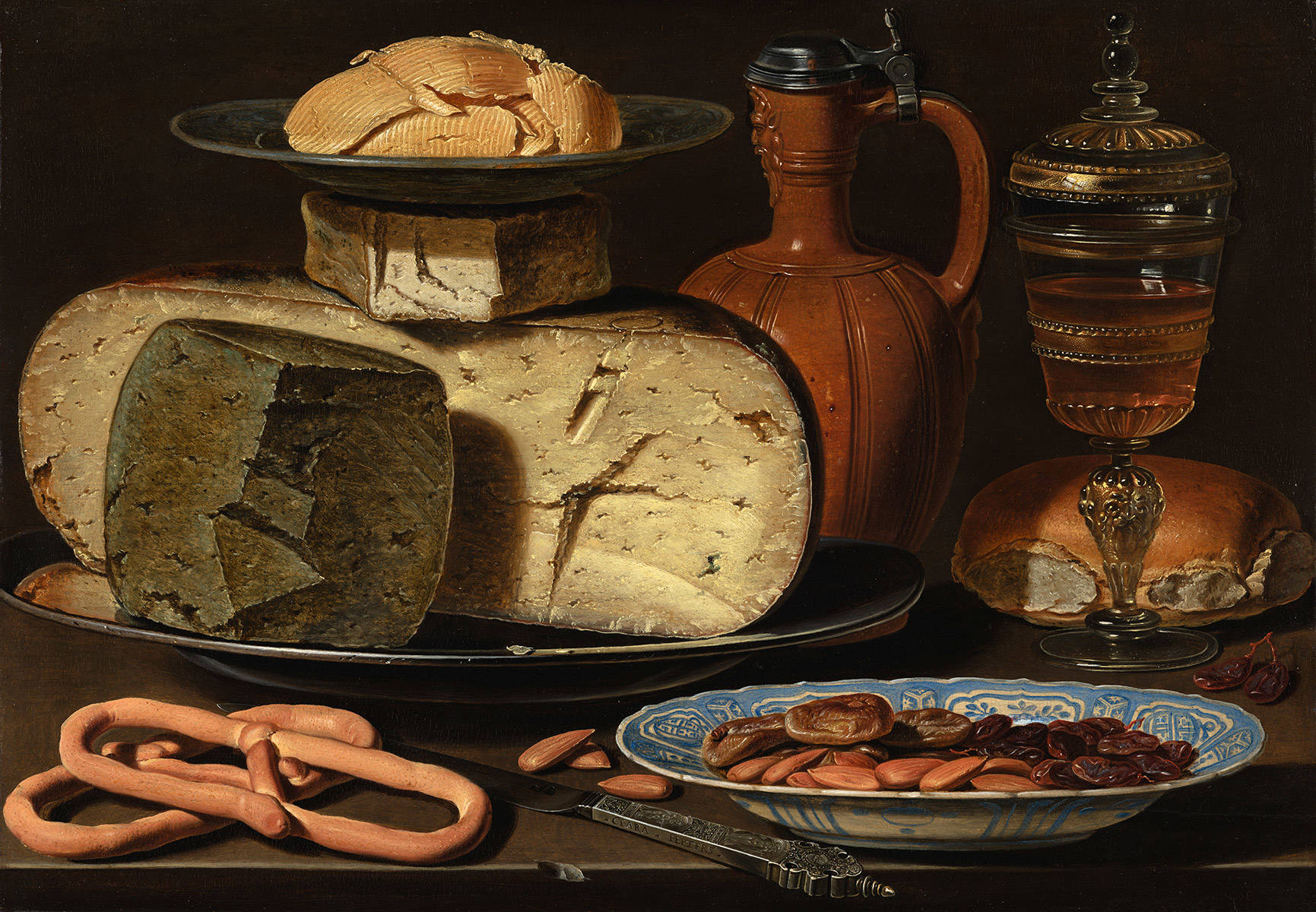
The glass ceiling
Meet the Huygens family. Four sons and a daughter. They're raised equally, until it’s time to go to university...
Searching...


Test your knowledge in 5 questions






And? Did you find that you prefer female or male artists?
